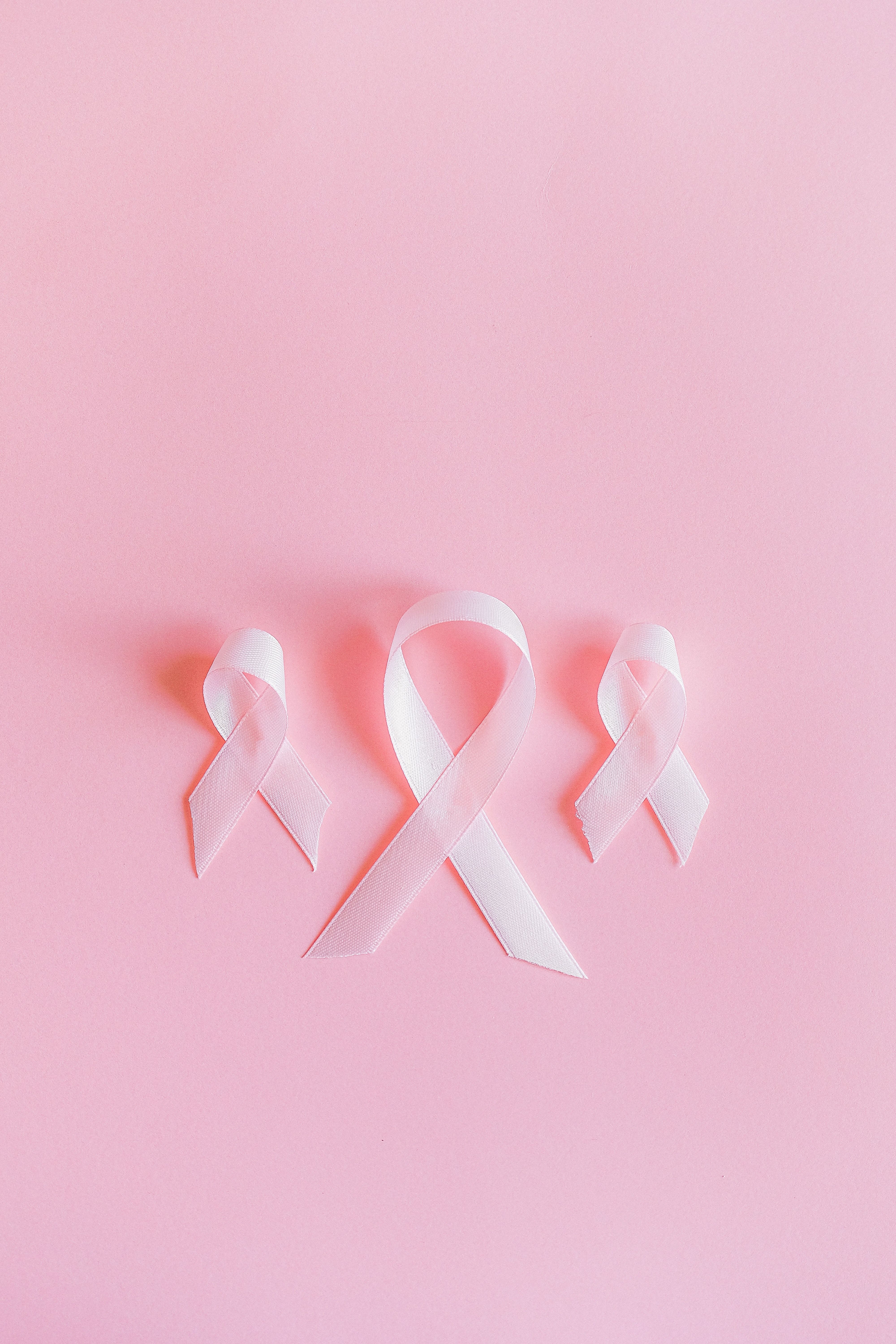Vulvovaginal atrophy among breast cancer survivors
A diagnosis of vulvovaginal atrophy (VVA) in breast cancer survivors is associated with a significant increase in the burden of illness and social costs, according to an Italian Delphi Panel in the journal Supportive Care in Cancer. These findings are primarily due to a rise in comorbidities and resource utilization, but adequate treatment might reduce the impact of the condition.

A diagnosis of vulvovaginal atrophy (VVA) in breast cancer survivors is associated with a significant increase in the burden of illness and social costs, according to an Italian Delphi Panel in the journal Supportive Care in Cancer. These findings are primarily due to a rise in comorbidities and resource utilization, but adequate treatment might reduce the impact of the condition.
Affecting roughly 50% of all postmenopausal women, VVA is magnified by longer life expectancy, with many women spending more than one-third of their life in the postmenopausal state. However, despite the substantial negative impact it has on quality of life, there is a disparity between VVA’s high prevalence and infrequent clinical diagnosis, which has been documented in medical practice and in surveys.
In large part, this discrepancy is believed to be the result of patients unwilling and/or reluctant to report symptoms in the clinical setting and the difficulty healthcare professionals have in approaching this sensitive topic during routine consultations. "The result of this underdiagnosis is a chronic condition that may not be addressed for a long time and, therefore, Is more likely to undergo progression when left untreated,” the Italian authors wrote.
The Delphi Panel, which was conducted in response to the lack of published evidence on VVA in Italy, evaluated the epidemiology of VVA; the risk factors/comorbidities; the current standard of care and unmet medical needs; the comparison between recent US epidemiological data and the Italian patient population; and the health resources used for VVA and breast cancer.
The Panel estimated that the prevalence of VVA is 115,000 cases out of 380,000 breast cancer survivors.
The Panel also collected information on the experience of participants with new treatments for VVA, such as ospemifene, and how these treatments are perceived in their capability to reduce symptoms associated with VVA.
A questionnaire was sent via email to all participants in Italy in November 2016, followed by a 1-day panel convened in Milan on November 24, 2016. Two additional rounds of follow-up interviews took place in January and July 2017, with final analyses completed in December 2018.
The panel estimated that the prevalence of VVA is 115,000 cases out of 380,000 breast cancer survivors They also confirmed that the epidemiological findings of a 2014 pharmacoeconomic analysis of a US claims database are applicable to the Italian patient population.
Furthermore, the panel verified an estimated 4.25 additional cases/100/year of urinary tract infection (UTI), 3.68 additional cases of vulvovaginitis, 6.97 additional cases of climacteric symptoms and 3.64 additional cases of bone and joint disorders in breast cancer patients with VVA compared to a non-VVA-matched population.
The panel was also unanimous in stating that depression and the need for psychological counseling are more frequent in VVA patients, and more severe in those who have a history of breast cancer. To meet the medical needs of the VVA breast cancer population, 33.4 additional gynecological visits/100/year can be anticipated, along with 22.8 additional cancer screenings, 7.07 additional outpatient visits and 5.04 screenings for human papillomavirus.
“In particular, vaginal lasers have shown a beneficial effect in treating VVA in breast cancer survivors in the short term, but there is no sufficient data on the long-term treatment,” the authors wrote, whereas ospemifene has demonstrated clinical safety on the breast tissue and thus may be appropriate in women with a previous history of breast cancer.
References:
Biglia N, Pup LD, Masetti R, Villa P, Nappi RE. Vulvovaginal atrophy (VVA) in breast cancer survivors (BCS) is still an unmet medical need: results of an Italian Delphi Panel. Support Care Cancer. 2020. doi:10.1007/s00520-019-05272-4

Integrating HCV screening with breast cancer programs enhances care
June 25th 2024A recent study from France demonstrates that incorporating hepatitis C virus screening into breast cancer programs significantly improves patient engagement and access to effective antiviral treatments among older women.
Read More
